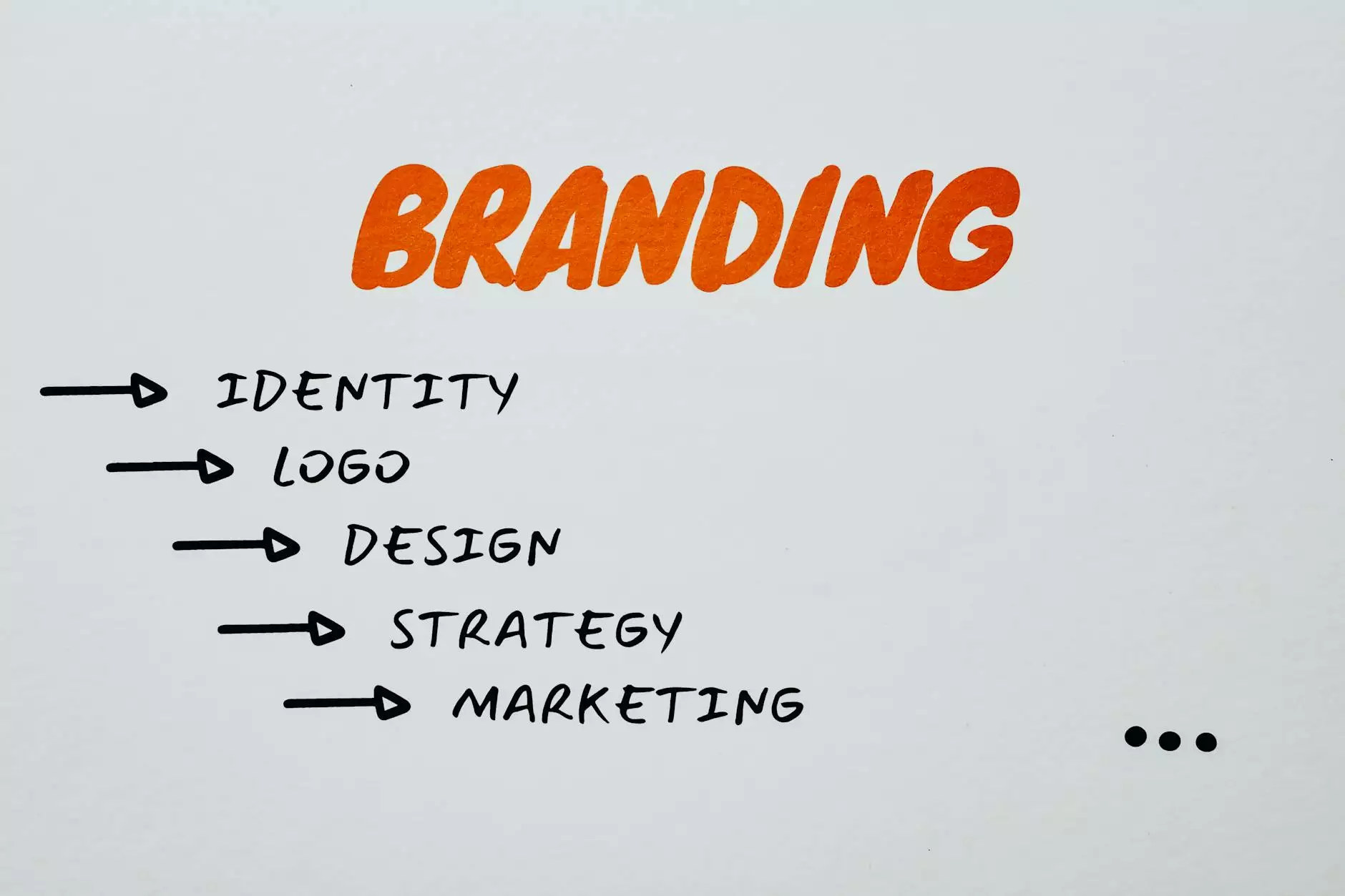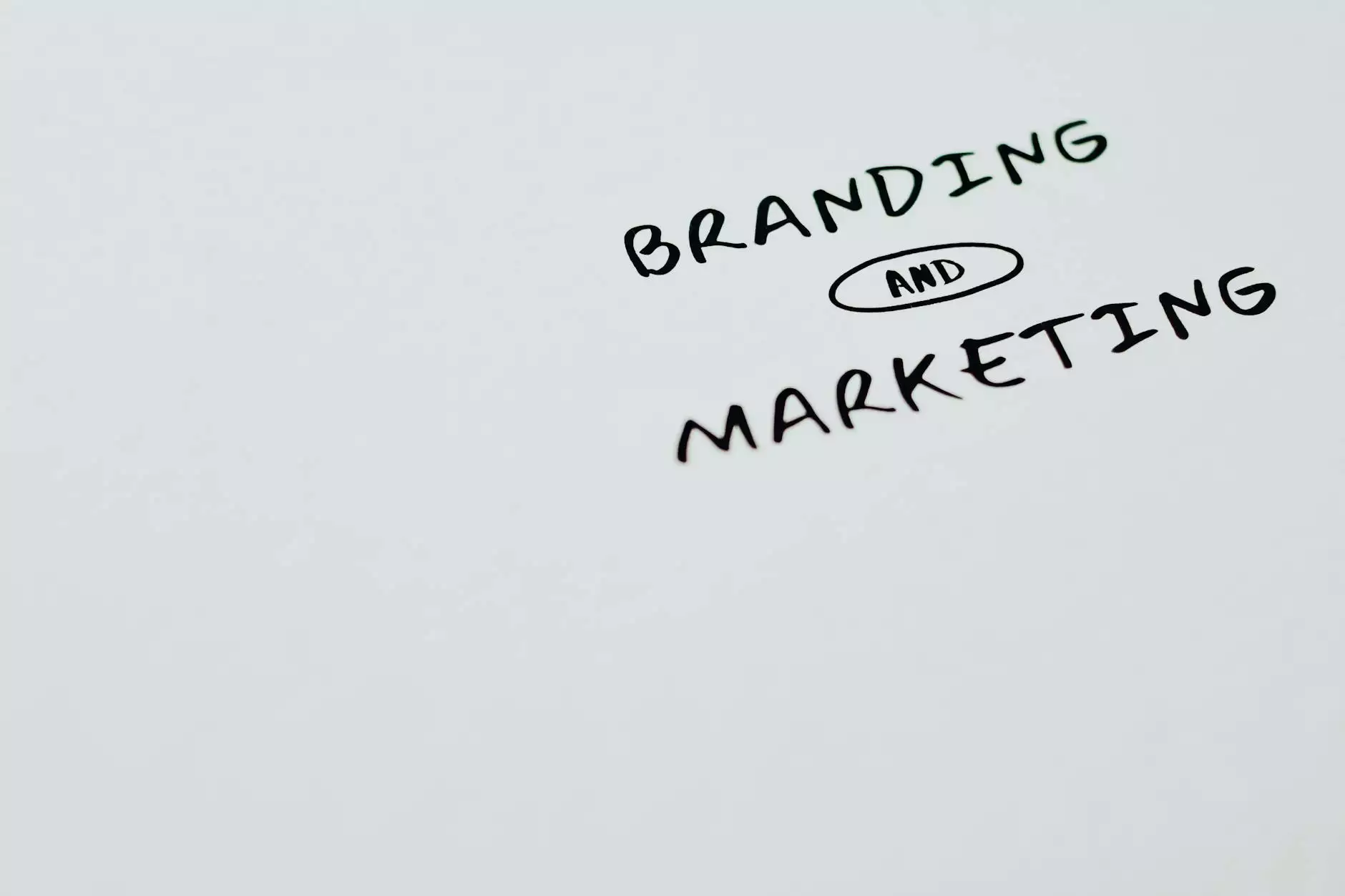14 Things You Should Know About Your Competitors Before You Design Your Logo and Brand
Marketing Strategies
When it comes to creating a standout brand and logo for your business, understanding your competitors' logos is crucial. Your logo is the visual representation of your brand, and it plays a significant role in attracting customers and creating brand recognition. Before you embark on designing your logo and brand, here are 14 essential things you should know about your competitors:
1. Identify Your Competitors
Before diving into logo and brand design, it's essential to identify who your competitors are in the market. Analyze their logos and branding strategies to gain insights into what works and what doesn't in your industry.
2. Analyze Logo Elements
Examine the elements of your competitors' logos, such as colors, fonts, symbols, and taglines. Understand how these elements convey the brand message and resonate with the target audience.
3. Study Brand Messaging
Look closely at the brand messaging of your competitors. Understand their unique selling propositions, brand voice, and tone. Identify areas where you can differentiate your brand through strategic messaging.
4. Evaluate Brand Perception
Assess how your competitors' brands are perceived in the market. Understand their brand reputation, customer loyalty, and overall brand positioning. Use this insight to position your brand effectively.
5. Understand Target Audience
Get to know the target audience of your competitors. Analyze their demographics, preferences, and behaviors. Tailor your logo and brand to resonate with your target audience effectively.
6. Monitor Brand Evolution
Track the evolution of your competitors' brands over time. Notice any changes in their logos, brand messaging, or visual identity. Stay updated on industry trends to ensure your brand remains relevant.
7. Assess Competitive Advantages
Identify the competitive advantages of your competitors' brands. Determine what sets them apart in the market and how you can differentiate your brand to gain a competitive edge.
8. Uncover Brand Weaknesses
Pinpoint the weaknesses in your competitors' brands. Identify areas where their logos or branding strategies fall short. Use this information to avoid making similar mistakes in your brand design.
9. Research Logo Placement
Observe where your competitors place their logos for maximum visibility. Consider different placement options for your logo on various marketing materials and platforms.
10. Study Color Psychology
Understand the psychology behind the colors used in your competitors' logos. Different colors evoke different emotions and associations. Choose colors for your logo that align with your brand values and resonate with your target audience.
11. Examine Font Choices
Analyze the font choices in your competitors' logos. Fonts convey the personality and tone of a brand. Select fonts that reflect your brand identity and are legible across different mediums.
12. Learn from Logo Evolution
Explore how your competitors' logos have evolved over time. Notice any design trends or shifts in branding strategy. Use this knowledge to create a timeless and adaptable logo for your brand.
13. Identify Competitive Threats
Recognize potential threats from emerging competitors in your industry. Stay ahead of the competition by continuously monitoring new entrants and their branding strategies.
14. Define Your Unique Value Proposition
Determine your unique value proposition that sets your brand apart from competitors. Clearly define what makes your brand special and communicate this effectively through your logo and brand messaging.
By understanding these 14 crucial aspects about your competitors' logos and brands, you can make informed decisions when designing your logo and brand identity. Gain a competitive edge in the market by leveraging insights from your competitors' branding strategies.









